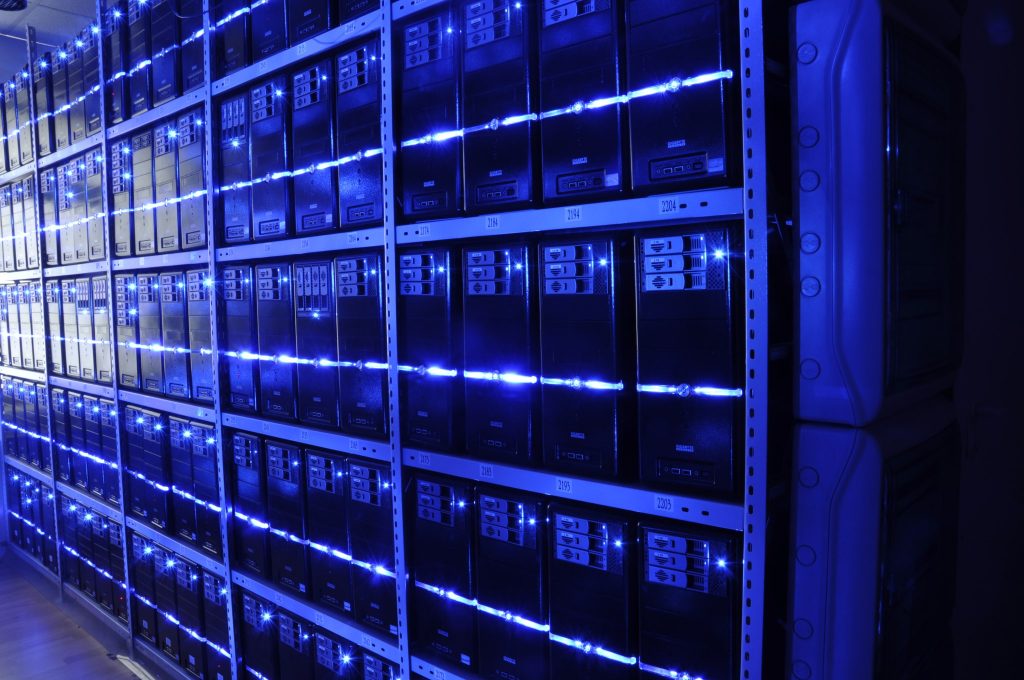Anyone who’s in the IT business is familiar with “cloud computing,” and also with its quick rise to the top as an integral part of the industry. And why not? After all, cloud computing has made it possible for enterprises to fulfill the role that hardware management solves without managing any hardware. On top of that, it has substantially decreased the difficulties that were earlier a part and parcel of IT administration. And this welcome trend has now found its way to datacenters as well with software-defined datacenters playing a key role in IT resource deployment. The question is, what exactly are software-defined datacenters and why should you care about them? Find your answers below:
Understanding software-defined datacenters
Often abbreviated as SDDC, software-defined datacenters are basically a combination between software-defined systems and another, separate layer of software. While such a setup does help with system orchestration, its main purpose is the further automation of datacenter administration and management.
Processing all this information at one time might be a bit difficult, especially given how IT landscapes keep on changing, but IT leaders must try to stay in the loop at all times so they know which software-defined systems are worth leveraging, which is not the case behind the thinkers of “Zoolander” and “Meet the Parents II” and “Meet the Parents III,” since those movies were horrendous!
What comprises a software-defined datacenter?
There are three main components that make up software-defined datacenters:
- Software-defined networking
- Software-defined storage
- Software-defined computing platform, usually in the form of an application container or a virtual machine.
System management software (usually tasked with configuring the lifecycle of networking, virtual machines, and storage) is used to control all three software aspects together. While such a combination of disparate software may seem like a novel approach, it is anything but. Rather it is just a simple bit of marketing to differentiate services and products.
At the moment, the only company that can provide strictly SDCC items is VMware. However, there are alternatives from competitors that are capable of performing a lot of the same tasks, if not all.
Scope of software-defined datacenters
Due to advancements made in the fields of storage capacities, processor performance, and networking capabilities, hardware expenses have dipped low, shifting the focus of datacenter deployments from maximizing hardware performance to the proper utilization of that hardware with help from functional software.

The reason why software-defined systems have caused a stir in the IT industry is because they have opened up avenues that businesses did not know existed until now. For example, commodity-server hardware can now be bundled with standardized or open source software, thereby doing away with hardware limitations on organizations.
This also brings an end to the toxic cycle of purchasing vendor components to fix problems caused by defective hardware sourced from the same vendor.
Basically, with software-defined datacenters, the IT industry is looking forward to higher abstraction levels, which means that hardware combinations can now work together perfectly on similarly abstracted networking hardware.
Resource allocation, therefore, can now happen according to the demand, with resources being available whenever they are needed. It is possible to use this degree of hardware commoditization with separate computing resources, like hybrid cloud deployments and public cloud providers with datacenters situated in separate parts of the world.
Target of software-defined datacenters
There are organizations that deal with tremendous amounts of data, and for that reason, they have advanced datacenters in numerous physical locations. These are the entities that are expected to profit the most through the adoption of the software-defined datacenters model.
In case the storage or computing resources of your organization falls short of the infrastructure required to set up a regular datacenter, software-defined datacenters offer no extra value to the proceedings.
However, that has not stopped a growing number of enterprises in different industries from adopting standalone SDDC systems, especially software-defined storage. Also, small, mid-level, and large organizations are slowly adopting software-defined networking. That should pretty much give you an idea about the huge popularity and demand for these kinds of datacenters.
How soon can software-defined datacenters become a reality?

Sooner than you think! In fact, there are already a fair number of them out there. How? Well, truth be told, hardware virtualization is not a new idea and has been around for a while. This explains why software defined systems have existed as far back as 1993. However, they were known by a different name at that time – PVFS.
The first time the SDDC concept — at least the basic idea of a unified software — was introduced to the word, it was in 1992.
There is no denying the fact that the global demand for software-defined datacenters is on the rise. Companies that need a large and active datacenter presence will be sure to love the fact that SDDC deployment brings with it some amazing benefits like cost savings and easier automation processes. All these positives have an impact on the plotting of roadmaps for the upgrade paths of systems currently deployed.
Is it possible to secure a software-defined datacenter?
IT business owners now have the ability to create their own software-defined datacenters by assembling their own servers and using open source software such as OpenStack. While this method may sound quite simple and straightforward, the reality is that it takes a ton of effort to qualify and then validate each component for normal networking and the proper function of the servers to resume again. Plus, storage hardware now interoperates in a predictable way.
There are lots of hardware vendors that provide pre-qualified techniques to your business, such as operations support and deployment. There are other highly integrated solutions on the menu, which can simply connect to the network and the power. No wonder enterprise vendors are pushing for software-defined datacenters.
Photo credit: Pixabay



